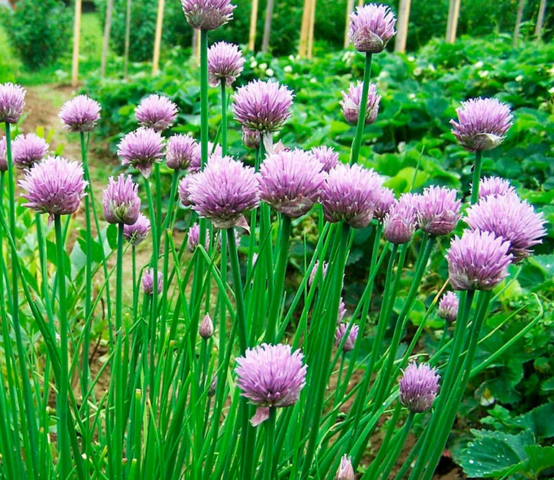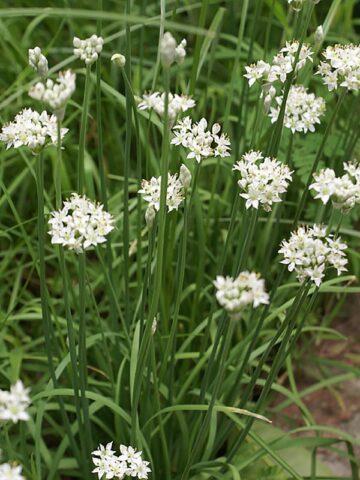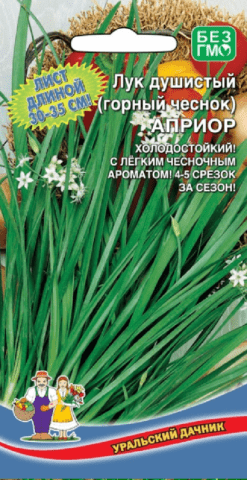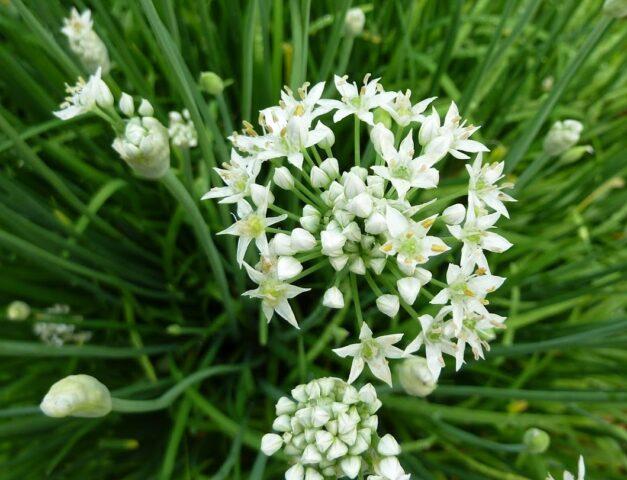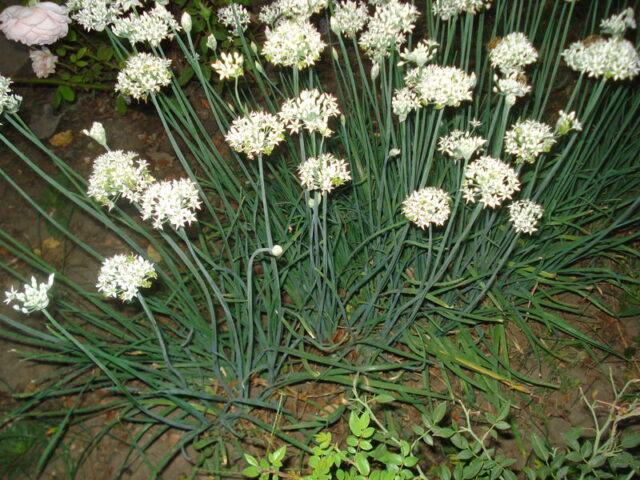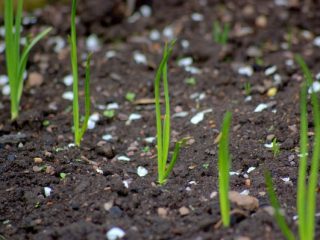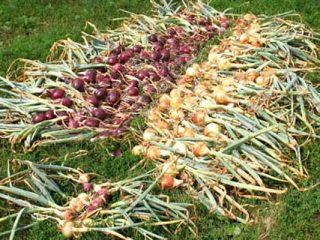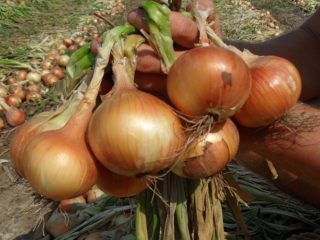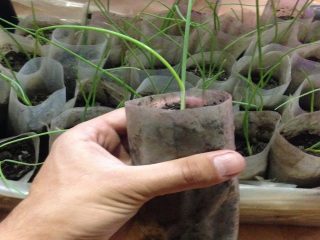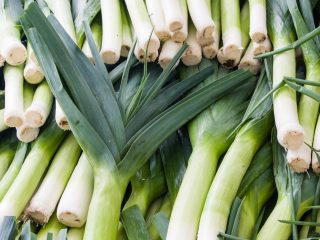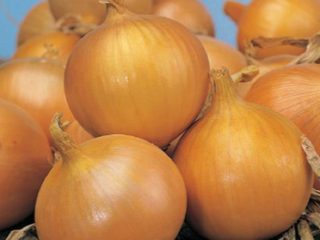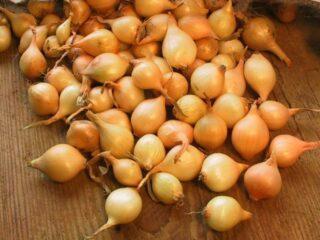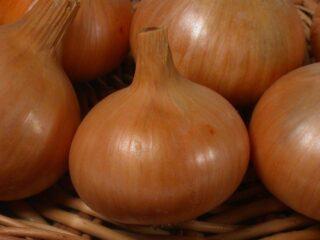Content
Fragrant onion is a variety with juicy greens that have a pleasant garlicky aroma. Used in cooking, folk medicine and for garden decoration. The plant is unpretentious, but demanding of light and watering. The crop can be grown in almost any Russian region.
Description of branched onion with photo
Sweet onion is a perennial herbaceous crop from the Onion subfamily (Alliaceae). Has a pleasant spicy aroma. The plant is suitable for food. Other names are branched onion or mountain garlic (Chinese). Its leaves are long, reaching 50 cm, bright green in color, and have a light waxy coating on the surface. Externally, the plant resembles young garlic.
The feathers are thin, long, flat. The bulbs are small, only 1.5 cm in diameter, of a false type. The flowers of fragrant onion are small, collected in balls of several pieces. The color is purple, soft lilac, the aroma is spicy, delicate.
Only feathers, including flower stalks, are used for food.They give off a pleasant smell and garlicky taste. Unlike regular garlic, it is not spicy, but softer. The plant is ornamental, so it is also planted to decorate the garden. The culture is also used for medicinal purposes. Ointments and tinctures are prepared based on the herb.
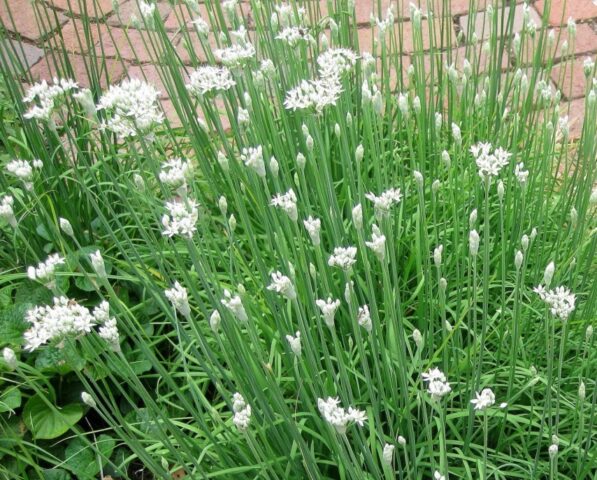
Greens are grown for food and garden decoration.
The best varieties
Several varieties of fragrant onions have been cultivated, all of them have a piquant aroma. The most popular varieties that can be grown in Russian climatic conditions:
- “Dzhusai” is characterized by high frost resistance. The feathers are low, reaching a height of 25-30 cm, the color is greenish-gray. The ripening period is late, and the harvest can be harvested before the first autumn frosts.
- “Benefis” is a medium-ripening variety of fragrant onion that also tolerates frost well. The feathers are slightly taller - reaching 40 cm, the aroma is rich and garlicky.
- “Aprior” is a mid-season variety. The first greens of this fragrant onion are harvested at the end of May. The grass is tasty, rich in vitamin C. Productivity is high - up to 10 leaves are removed from one shoot.
- “Picant” is another frost-resistant variety that produces greens throughout the summer.
- “Stargazer” is a salad variety of fragrant onion, the feathers are long and grow up to 50 cm.
Benefits of jusai onion
The composition of fragrant onion greens includes quite a lot of vitamins (B1, B2, B5, B6, PP) and microelements (iron, calcium, potassium and others). The culture has long been known for its medicinal properties, which is why it is used in folk medicine. Jusai has a positive effect on the body:
- diuretic;
- choleretic;
- hemostatic.
Sweet onion is used as an additional treatment for pneumonia, bronchitis, heart pathologies, as well as gastritis, nervous disorders, and tuberculosis. The juice obtained from the bulbs and greens can be used as a compress to treat minor burns, insect bites and relieve itching.
The caloric content of the product is low - 100 g of greens provide 41 kcal. Nutritional value for the same weight:
- proteins – 1.4 g;
- fats – 0.2 g;
- carbohydrates – 8.2 g.
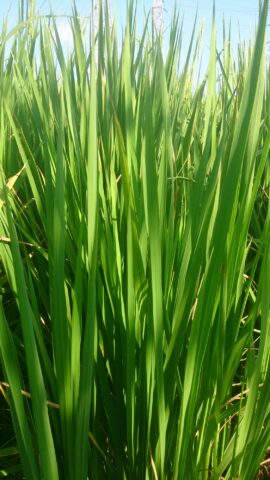
Greens have a spicy aroma and an interesting garlic taste.
Planting jusai onions in open ground
Sweet onion is an unpretentious crop, so it can be grown in different regions. However, you should not plant in areas where cabbage or potatoes previously grew. It is best to outline a bed where melons or legumes previously grew.
Deadlines
Yellow fragrant onions can be grown at home - then almost any planting date will do. When cultivating in open ground, the seeds must first be planted into seedlings. Moreover, it is better to do this in early March. Even if spring is late in the region, you should not be afraid of early transplantation of seedlings into the ground. The culture is frost-resistant, not afraid of frost and temperature changes.
Also, fragrant onion seeds can be sown directly in open ground. In this case, planting is planned for March or early April, when the air warms up to minimum values - 2-3 degrees Celsius. Later dates are also acceptable: late April – early May. But in this case, the harvest will only be harvested in September.
Site selection and soil preparation
Fragrant onions are unpretentious, so when choosing a site, it is enough to pay attention to two main criteria. The place should be open, and also without stagnant moisture - lowlands are not suitable.
The soil can be almost any, but if the soil is depleted, it is better to add compost or humus in advance at 5 kg per square meter. If the soil is very acidic (pH less than 5.5), add wood ash (2 cups per 1 m2) or dolomite flour (400-500 g per 1 m2).
Planting scheme
Algorithm for planting fragrant onions:
- Clean and level the area.
- Mark several rows 5-7 cm deep at intervals of 30 cm.
- Water generously with settled water.
- Plant the seedlings at a distance of 25 cm from each other.
If seeds are planted in open ground, the furrows should be shallow - up to 2-3 cm. At the same time, the distance between them is left the same, since some of the seeds will not sprout. If several seedlings appear, after a few days the strongest one is left and the rest are pinched out.
Growing jusai onion seedlings from seeds
The main method of growing fragrant onions is growing from seeds: for this, Chinese garlic seed is purchased in a store or saved independently from the previous year's harvest. The seeds need to be prepared first. They are soaked for several hours in moderately warm water (40 degrees). Moreover, the temperature must be maintained throughout. Then the seed is placed in water at room temperature for 48 hours.
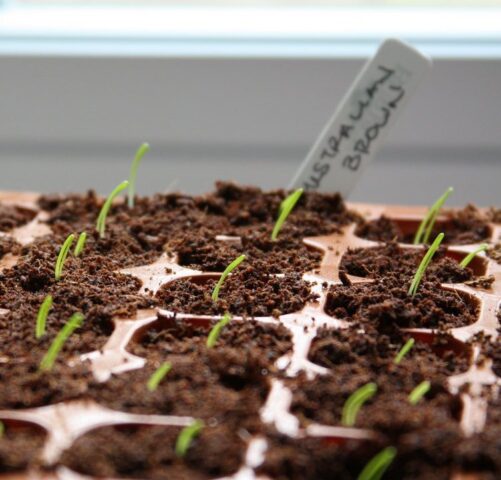
It is convenient to grow seedlings in cassettes; you can also take a common container
The soil is ordinary - universal or a mixture of garden soil with peat, humus and sand in a ratio of 2:1:1:1. The ground is pre-watered with a 1% solution of potassium permanganate or placed in the oven for 15 minutes (temperature 150 degrees).
Standard instructions for growing fragrant onion seedlings:
- Several furrows 2 cm deep are marked in the soil.
- Seeds are planted in them at intervals of 3 cm.
- Sprinkle with soil and water with a spray bottle.
- Cover with film and put in a lighted but cool place (13-15 degrees).
- The film is periodically removed, and watered no more than once every five days.
Transplanting seedlings into the ground
You can plan to transplant fragrant onion seedlings into the ground when it produces 3-4 full-fledged leaves. There are no strict deadlines - even if there are frosts on the soil down to -10 degrees, the seedlings will withstand it. If necessary, you can temporarily cover with film. Before transplanting, make furrows 5-7 cm deep, and then transfer the seedlings and distribute them evenly in a row with an interval of 25 cm.
Caring for jusai onions in open ground
Fragrant onions do not need special conditions; they grow normally in open ground even with minimal care. At the same time, the culture is light-loving and responsive to moisture.
Watering
Water the fragrant onions with settled water. Approximately 10 moistenings should be done per season, i.e. weekly, except in rainy weather. If a short-term drought occurs, the onion will tolerate it normally. Moreover, if the soil is too wet, it may suffer from rot and other diseases.
Weeding and loosening
If you do not take care of the planting, the fragrant onion will have difficulty growing due to weeds - it will produce fewer feathers, and they will not be as large. Therefore, weeding should be carried out regularly, preventing strong growth of weeds.To make the task easier, it is recommended to lay mulch (straw, sawdust) around the plantings.
Another important activity is loosening. It is done weekly, the day after watering. The soil is loosened to a shallow depth (up to 5 cm). This procedure helps the air flow to the roots of the fragrant onion. Thanks to regular loosening, the soil does not have time to cake.
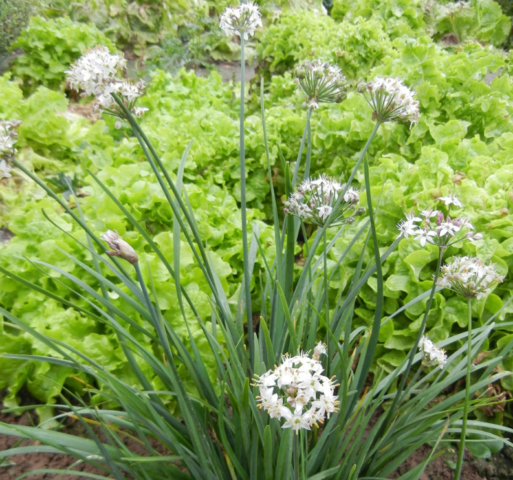
To get a good harvest, plantings need to be watered weekly.
Top dressing
Feeding is not given very often - three times per season is enough:
- In the spring, immediately after the sprouts appear, urea is given - granules are scattered over the surface (30 g per square meter). At the same time, the seedlings can be watered with a solution of Zircon or another growth stimulator.
- After two weeks, use a complex fertilizer, for example, “Ferovit”.
- After complete harvesting, superphosphate (40 g) and potassium salt (20 g) are given.
Diseases and pests
Fragrant onions have good immunity. But it can suffer from onion moths, flies, and nematodes. Therefore, if pests are detected, it is necessary to treat with folk remedies, for example, infusion of chili pepper, wood ash, tobacco dust. As a last resort, they use drugs - “Confidor”, “Decis”, “Karbofos” and others.
Sweet onions can suffer from powdery mildew. For prevention, follow the watering norm. If necessary, treatment is carried out using Fitosporin, Profit, Topaz or other fungicides.
Reproduction
Along with the seed propagation method, fragrant onions can also be grown by vegetative methods - by dividing the bush or shoots.
Dividing the bush
The bush is divided in autumn or spring. It is dug up and cut into several pieces. In this case, each division should have 1-2 shoots and 2-3 bulbs left. They are transplanted to a new place and watered.This method is suitable for young plants, starting from the second year after planting.
By shoots
Reproduction by shoots is planned for early spring, even before emergence. The bush is dug up and the rhizome is divided into several bulbs. Each of them is planted to a depth of 5-7 cm with a distance of 25 cm.
Conclusion
Sweet onion is an interesting variety that is most often planted on greens. The culture is winter-hardy, so even early transplantation of seedlings at the end of March is allowed. Thanks to this, the first greens can be obtained as early as May.
